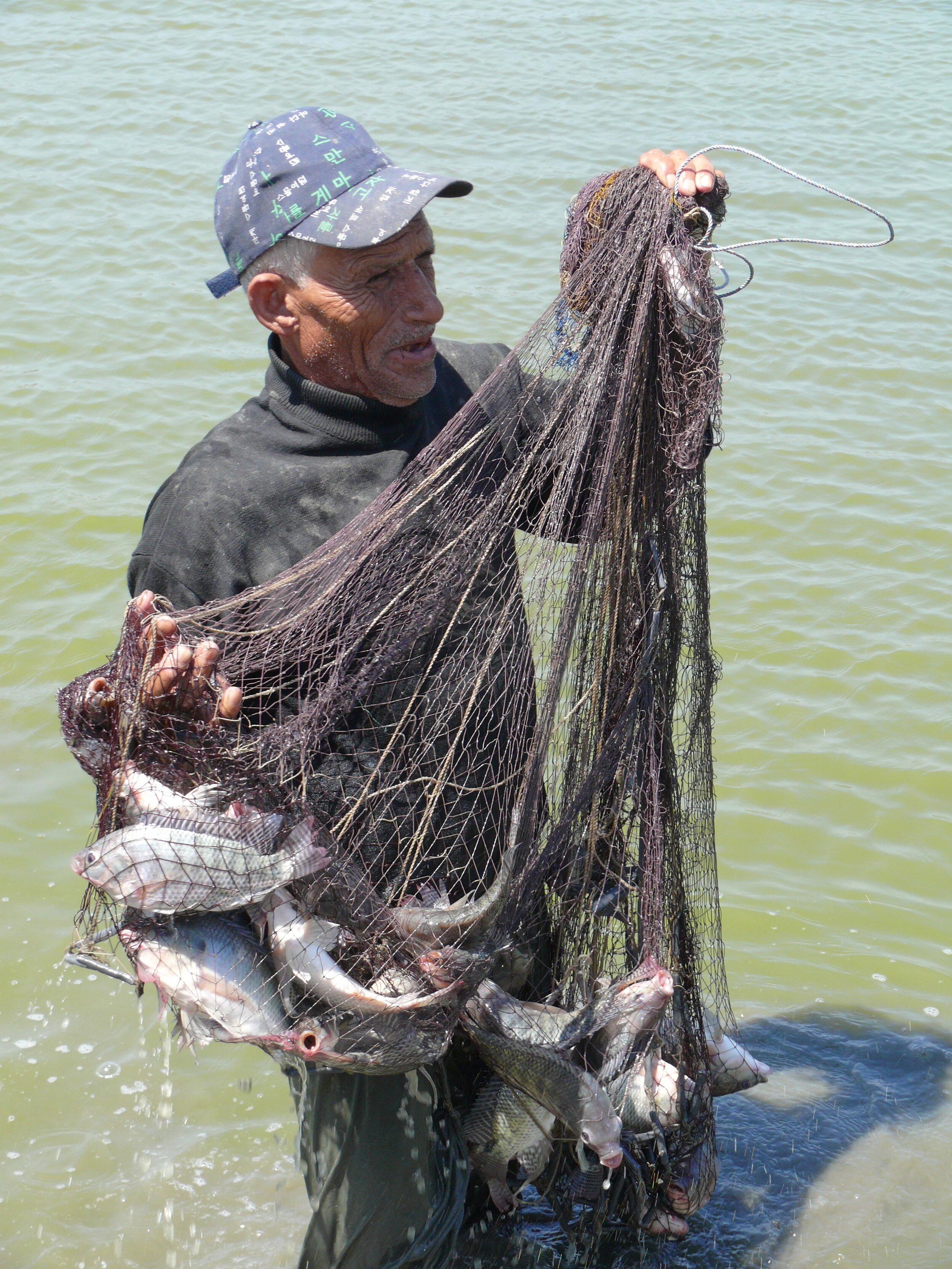The optimum design of aquaculture systems is influenced by biological, engineering, financial, regulatory, market and other factors. Systems that work for one species in one location will not readily work for another species or in another location. Understanding each of these elements and how they interact is at the heart of research and consultancy involving appraising feasibility or opportunities for innovation or assessing sector drivers and barriers. There is a great variety of aquaculture systems with over 600 species cultured worldwide. That said a much smaller number account for the majority of production. In 2018 for instance, 90% of fish production was through 27 species or species groups. There is also a limited range of containment systems, as shown in the following figure.
Typology of aquaculture containment systems
With increasing investment and scale of aquaculture production, many of these systems are being scaled up and are employing more advanced engineering and technology as well as utilising advanced biosciences. For instance marine fish cages have scaled up from volumes of 20 m3 each to over 20,000 m3 in some places. Another recent trend has been investment in larger indoor recirculated aquaculture systems with per farm investment well over £50-100 million and substantial complexity in system management. Research in this area focuses on providing strategic insight for funding and regulatory organisations or directly for potential investors.
Recirculated fish farm for salmon smolts
Salmon farm cage
The interaction of aquaculture with the wider environment is continually under scrutiny and a range of approaches are taken to assessing these and developing means to reduce or mitigate to attain greater sustainability. However, the contribution of aquaculture to human societies through the provision of high quality food, employment and income generation must also be taken into account. In this case, economic and environmental models can be used to provide insights and inform policy makers for instance.
Pond farmer in Egypt
Key economic and environmental interactions of aquaculture systems





